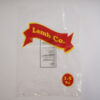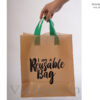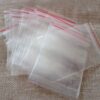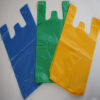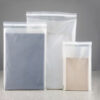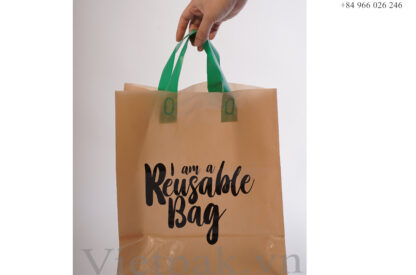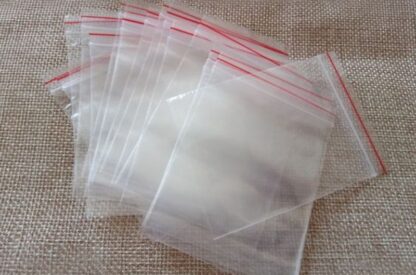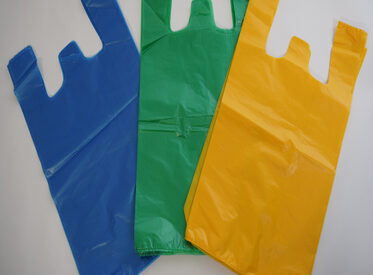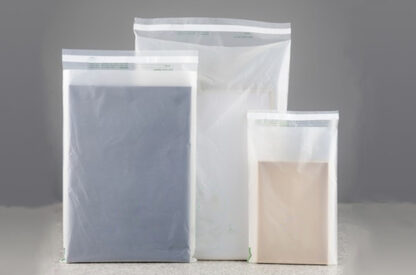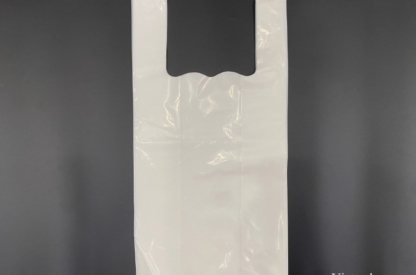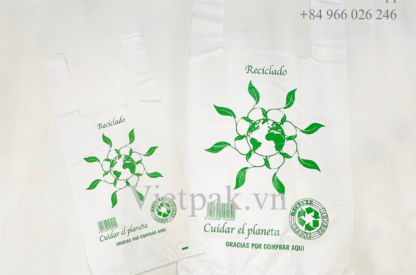Why We Can’t Use A Plastic Bag below 50 Microns?
Our daily lives now include plastic bags, which make it easier to transport groceries and other items. However, there are particular limitations in place with regard to plastic bag thickness. In this article, we examine the environmental issues and laws pertaining to plastic bags smaller than 50 microns. Therefore, we would be able to answer the question: “Why We Can’t Use A Plastic Bag below 50 Microns?”
Definition
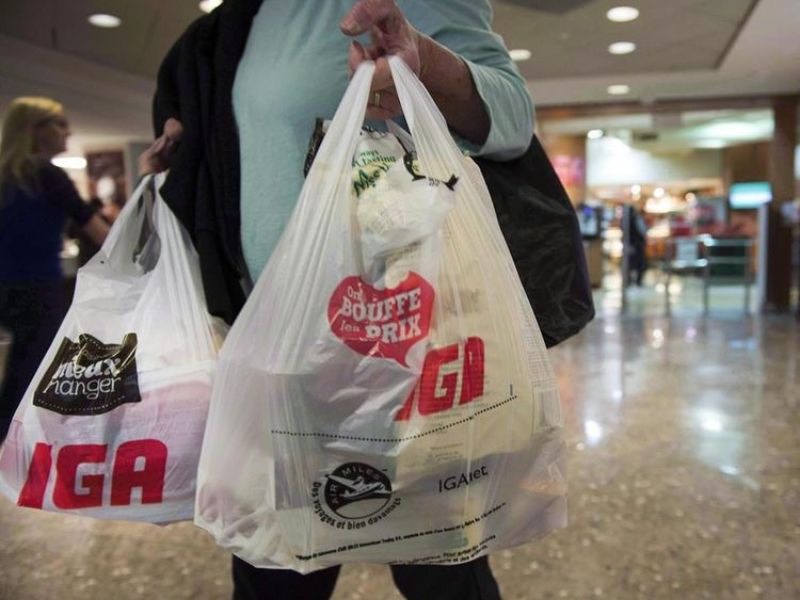
Definition of Plastic Bags
Plastic bags are lightweight, flexible containers made from synthetic polymers, primarily polyethylene. They come in various shapes and sizes, such as grocery bags, garbage bags, and retail bags. These bags have become ubiquitous due to their affordability, durability, and versatility.
Plastic Bags Below 50 Microns
Bags with a thickness of less than 0.05 millimeters are referred to as plastic bags below 50 microns. In comparison to their thicker counterparts, which are typically between 50 and 100 microns thick, these bags are significantly thinner and less durable. These bags’ thinness lowers their cost of production but compromises their usability and environmental impact.
Reasons for Discouraging Use
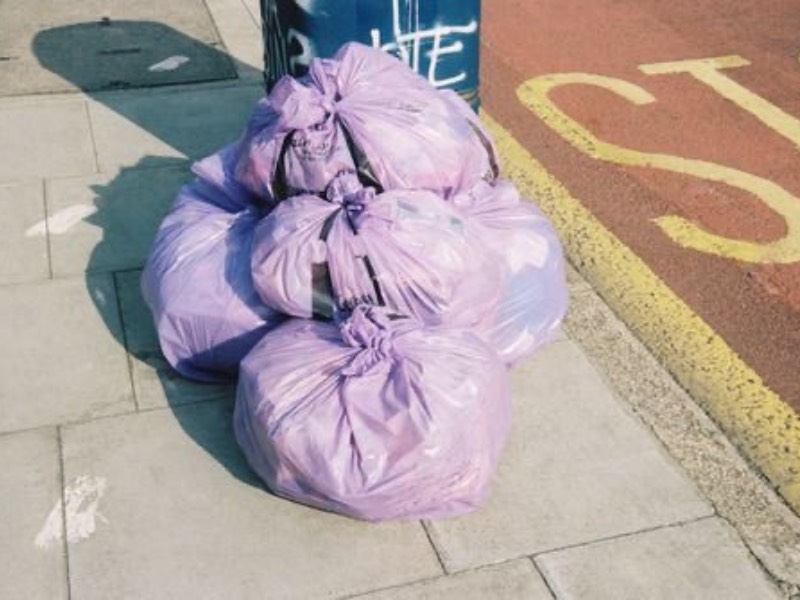
There is a wide range of reasons why plastic bags below 50 microns should be banned. Here are the keys details:
Durability and Reliability
The lack of durability of plastic bags smaller than 50 microns is one of the main issues. These bags are more likely to tear, puncture, or break due to their thinness. These bags’ low tensile strength makes them susceptible to breaking when carrying heavy or pointy objects. Imagine the frustration of having to quickly gather your belongings after a bag split open and spilled its contents. Customers may experience inconvenience as a result, which may result in dissatisfaction and even harm to the goods being transported.
Environmental Impact
Plastic bag use contributes significantly to the problem of plastic pollution, a serious environmental concern. Bags smaller than 50 microns have a longer lifespan because they take a very long time to decay. They continue to exist in the environment during this time, harming wildlife, ecosystems, and human health. Plastic bags are mistaken for food by marine animals like turtles and seabirds, which often results in entanglement and fatal ingestion. Additionally, the amount of microplastic contamination in our oceans and waterways is rising, which has an impact on the entire food chain.
Environmental deterioration is a result of the production of plastic bags in addition to its direct effects on ecosystems and wildlife. The production of plastic bags necessitates the extraction of fossil fuels and energy-consuming manufacturing procedures, both of which contribute to greenhouse gas emissions and further the effects of climate change.
Recycling Challenges
It is very difficult to effectively recycle plastic bags that are smaller than 50 microns. The thin material frequently tangles in recycling equipment, causing problems with operation at recycling facilities. The entanglement may result in equipment failures, which would raise maintenance costs and reduce productivity. Because of this, many recycling programs won’t accept bags that are thinner than a certain threshold, which restricts the options for recycling and prevents them from ending up in landfills. This worsens the issue of plastic waste and makes it more difficult to advance the circular economy.
Resource Consumption
Significant amounts of resources, such as fossil fuels and water, are needed for the manufacture of plastic bags, including those smaller than 50 microns. Petroleum is one of the main raw materials used to make plastic, and its extraction and refinement contribute to environmental damage and climate change. Additionally, the energy and water used in the production of plastic bags contributes to the depletion of natural resources and the rise in carbon emissions.
Litter and Visual Pollution
Due to their weaker construction, thin plastic bags are more likely to be littered than thicker ones. When improperly discarded bags are left in natural areas like parks, rivers, and oceans, they cause visual pollution and detract from the aesthetic appeal of these areas. Plastic bag buildup in public spaces detracts from the beauty of the surroundings. It also casts a shadow over cleanliness and environmental responsibility.
Health Concerns
Plastic bags smaller than 50 microns may be harmful to your health. They release microplastics and chemical additives into the environment as they deteriorate over time. These tiny plastic particles might affect human health if they get into the food chain. Some of the additives used to make plastic bags, like plasticizers and dyes, have been linked to harmful health effects, including developmental disorders and disruption of the endocrine system.
Regulations in Several Countries
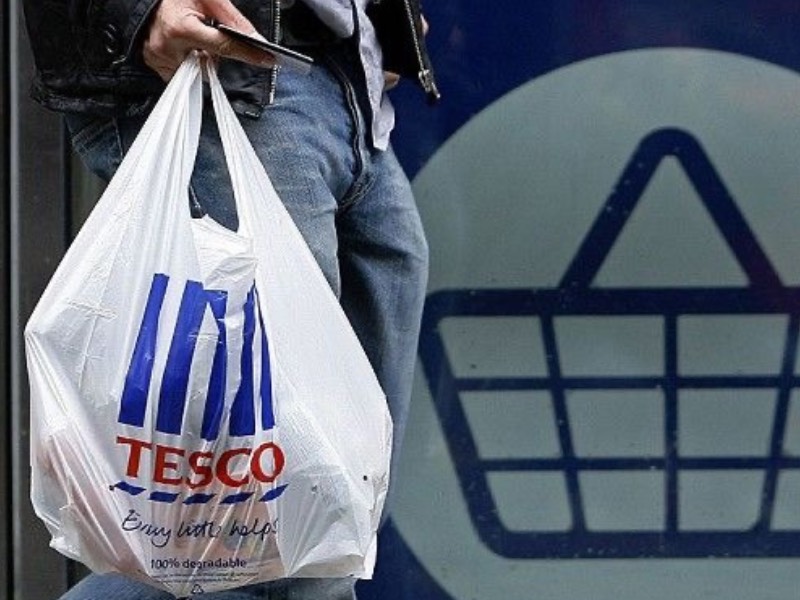
Several nations and regions have put in place regulations that either forbid or limit the use of bags smaller than 50 microns in order to lessen the negative environmental effects of plastic bags. These laws seek to lessen the production of plastic waste, support environmentally friendly behaviors, and motivate people to use reusable alternatives.
Bans have been successfully implemented in nations like India, Bangladesh, Kenya, Rwanda, and some states in Australia. These regulations have significantly decreased the use of plastic bags and improved environmental conditions. For instance, Kenya’s ban on plastic bags below 50 microns has led to a noticeable drop in plastic waste. Also, an increase in the use of alternative bags made of eco-friendly materials is recognized
Public awareness campaigns are frequently run in conjunction with these initiatives to inform the public about the negative environmental effects of plastic bags and to promote behavior change. In order to discourage the use of plastic bags and encourage people to use reusable bags instead, some areas have also imposed taxes or levies on them.
Reference: Plastic Bag Bans and Regulations: https://example.com/plastic-bag-bans-regulations
Conclusion
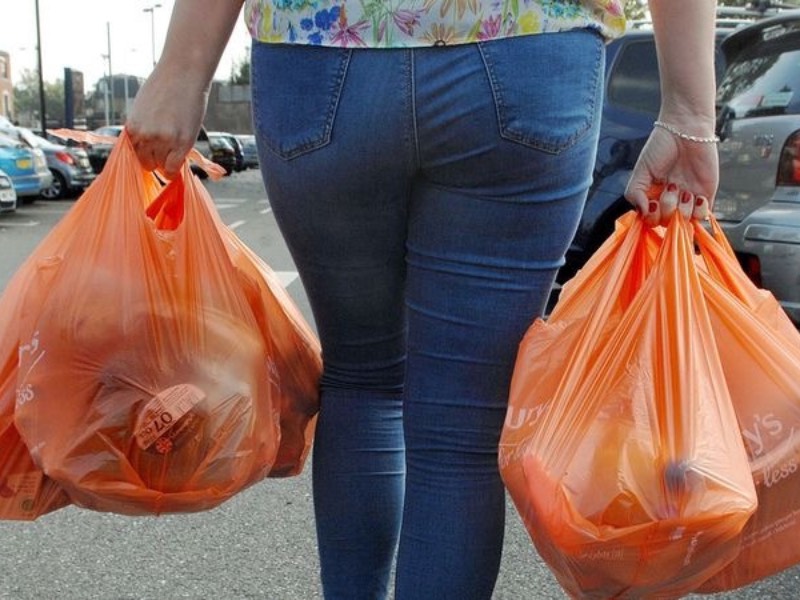
Plastic bags smaller than 50 microns have a negative impact on the environment, which is a growing concern. Regulations have been put in place as a result of their fragility, contribution to plastic pollution, difficulties with recycling, and associated environmental risks in a number of nations. Understanding the causes of these limitations enables us to actively seek out sustainable alternatives and make educated decisions. By reducing our reliance on single-use plastic bags, we can make the world healthier and cleaner for future generations. To reduce our environmental impact, it is essential to encourage the use of reusable bags and adopt eco-friendly practices.
LEADING MANUFACTURER
We are a premier plastic bag manufacturer based in Vietnam. Our dedicated team excels in crafting customized packaging solutions to precisely meet the needs of all customers
QUALITY CONTROL
We have a strict quality control system. Our bags are inspected before production, during production, and prior to loading into containers. Our priority is to minimize every defective goods before shipping to our customers
AMAZING SERVICE
Our enthusiastic customer service team always strives to respond to your emails as promptly as possible. We take pride in our ability to consistently deliver high-quality products on time, every time.


